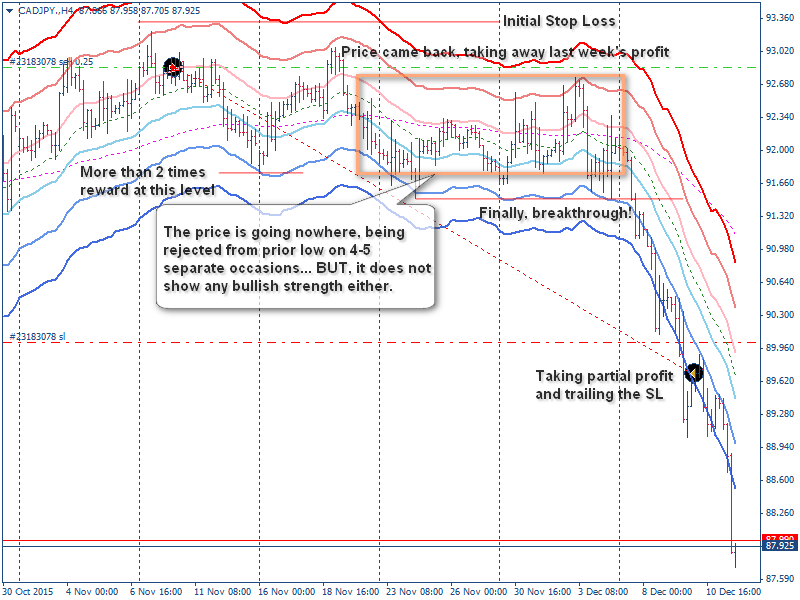I cannot find a good trading system. The signals my system is giving me are really poor.
How do you act, what do you feel when you believe this?
- Frustrated – “No matter how hard I try, I cannot be successful with such a poor trading system”
- Depressed – “I don’t even want to trade anymore, I have tried so many systems and all them don’t work! The Market must be purely random after all.”
- Apathetic – “It’s not worth it, there is no point to continue. I must be a complete failure!”
- Lost – “What do I do now? No matter how many systems I try, the signals are still poor!”
- Disorganized – “I might as well just take random trades”
- (after a couple random losses) Hesitant – “I am not sure I should take this next trade…”
While it is true that a trading method is still necessary in order to be successful on the market, it will be of no use while you have so many conflicting beliefs about trading. After all, how many trading methods have you tested properly? By that, I mean taking 30-50 trades, without hesitation, in real account (demo just doesn’t cut it – better open cent account and risk $0.50 per trade), precisely following one method, not adjust any rules whatsoever?
In my experience, we are often impatient to get the positive results and so we cannot even stand a couple losses in a row, thinking that something must be wrong with our trading method. Of course, this is interrelated with our refusal to believe in uncertainty – we want to know what the outcome will be before we place the trade.
So let’s try and turn this around and see what happens:
The trading system I have right now is good enough for all practical purposes. I will not judge it until I collect live track record of at least 50 trades following this method.
How do you feel now?
- Liberated – “I can concentrate on the Market instead of constantly reading forums in the search of the next Holy Grail”
- Calm – “All I have to do is take the next opportunity, as defined by my trading method”
- Confident – “I know that the next trading opportunity will be provided by the Market. I know that whatever its outcome might be, it will take me a step further on my path towards trading success”
- Interested – “I wonder what the next trading opportunity will be? What lesson will it teach me?”
As was already mentioned before, when you have a proper trading mindset you might not become profitable in an instant. But you will be open to progress in your endeavors freely, without any internal resistant. The Market will teach you how to trade, it will become your friend, not an enemy – but you must take the first step.

